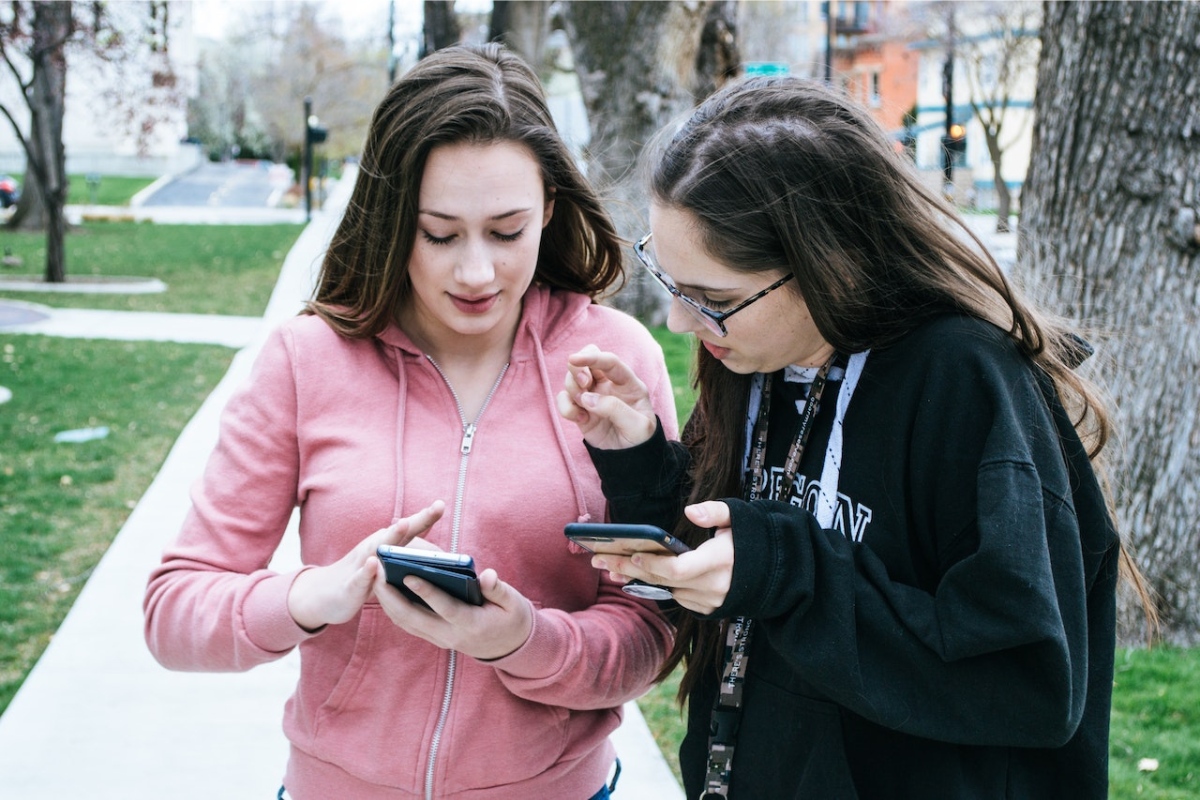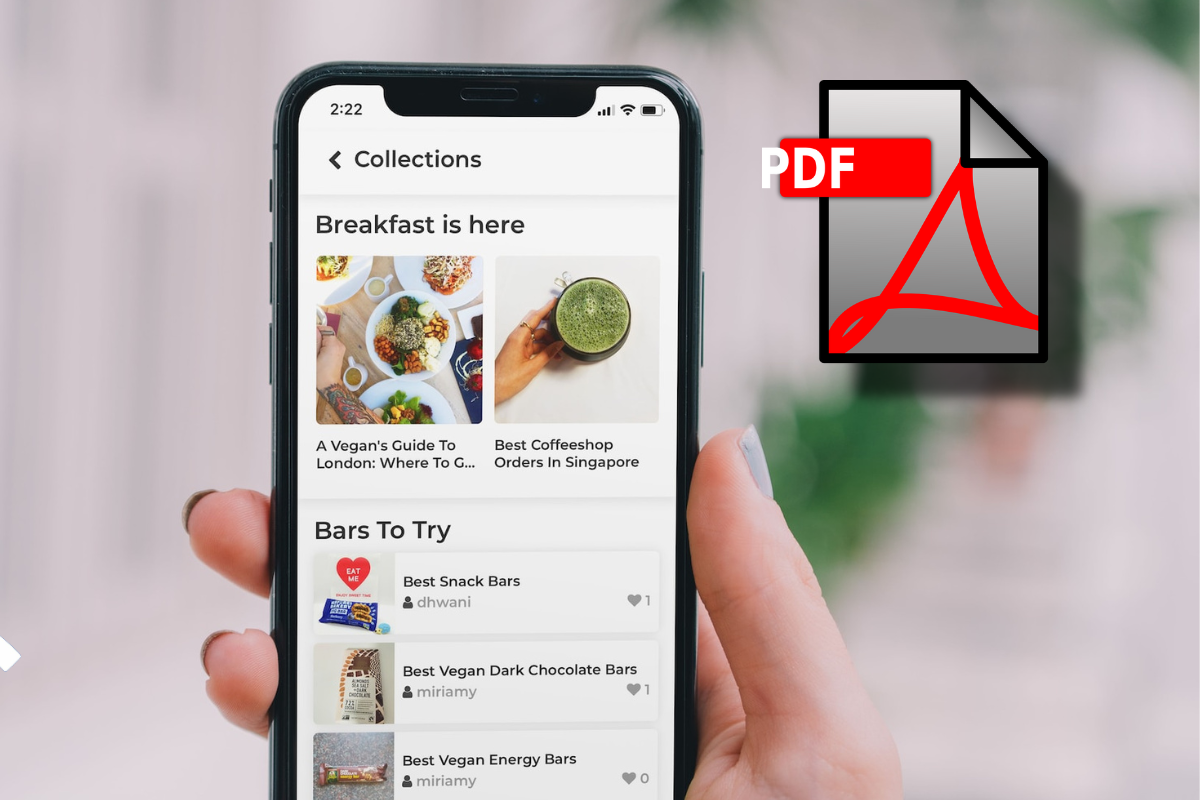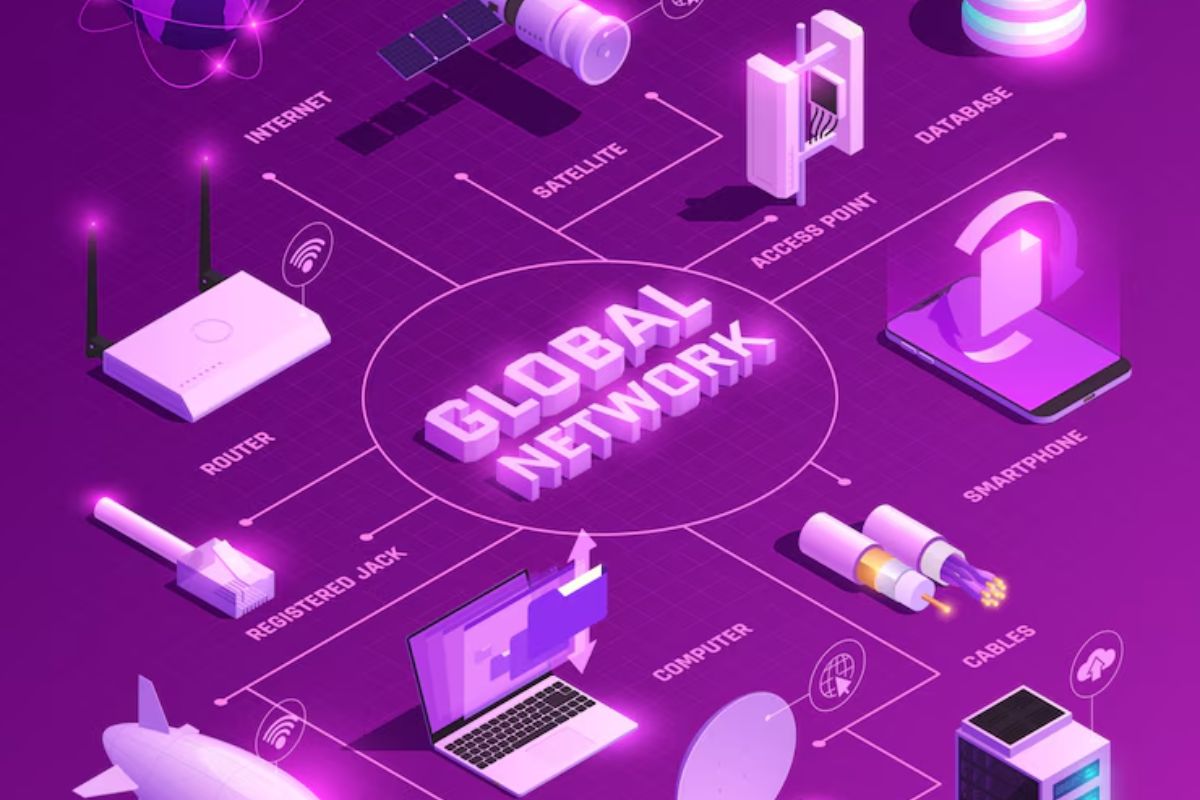If you’re an iPhone user trying to send pictures to an Android device, you may have noticed that your pictures won’t send.
And you may be asking yourself, “Why can’t I send pictures through text on my iPhone to Android?”.
This can be frustrating, especially if you’re trying to share important photos or memories with friends and family.
The reason why you can’t send pictures through text on your iPhone to Android is due to the differences in the way these two operating systems handle multimedia messaging.
iPhones use iMessage to send pictures, while Android devices use MMS or SMS. This means that when you send a photo from your iPhone to an Android device, it may not be compatible with the receiving device’s messaging system.
Table of Contents
ToggleWhy Can’t I Send Pictures Through Text On My iPhone To Android? Here’s The Reasons
1.) Compatibility Issues
If you are having trouble sending pictures from your iPhone to an Android device, it could be due to compatibility issues between the two operating systems.
Apple’s iOS and Google’s Android use different messaging protocols, which can cause problems when trying to send multimedia messages (MMS) between the two platforms.

iOS vs Android
iOS devices like the iPhone use Apple’s iMessage service to send text messages, photos, and videos to other Apple devices.
iMessage uses Apple’s proprietary messaging protocol, which is not compatible with Android devices.
When you send a picture or video to an Android device from your iPhone, your iPhone will automatically try to send it as an MMS message instead of an iMessage.
Android devices, on the other hand, use the Multimedia Messaging Service (MMS) to send pictures and videos.
MMS is a standard messaging protocol that is supported by most mobile devices, including iPhones.
However, there are some compatibility issues between iOS and Android when it comes to sending MMS messages.
One of the main compatibility issues is the size limit for MMS messages. Android devices can typically send MMS messages up to 1MB in size, while iPhones are limited to 300KB.
This means that if you try to send a picture or video that is larger than 300KB from your iPhone to an Android device, it may not go through.
Another compatibility issue is the format of the MMS message. Android devices use a different format for MMS messages than iPhones.
This can cause problems when trying to send pictures or videos between the two platforms.
In some cases, the picture or video may be compressed or resized when it is sent from an iPhone to an Android device, which can result in a lower-quality image or video.
2.) Messaging Apps
When it comes to sending pictures through text on your iPhone to an Android device, the messaging app you’re using can make a big difference.
Here are some things to consider:
iMessage vs SMS/MMS
If you’re using iMessage to send pictures, you can only send them to other Apple devices that are also using iMessage.
If you’re trying to send a picture to an Android device or a non-iPhone user, you’ll need to use SMS or MMS instead.
SMS stands for Short Message Service and is the basic text messaging service that’s been around for decades.
MMS stands for Multimedia Messaging Service and is what you’ll need to use if you want to send pictures or other media through text messages.
Keep in mind that if you’re sending pictures through SMS or MMS, there may be some limitations on the size and quality of the pictures you can send.
Some carriers also charge extra for MMS messages, so be sure to check your plan to avoid any unexpected charges.
Third-Party Apps
If you’re having trouble sending pictures through text messages, you may want to consider using a third-party messaging app instead.
There are many messaging apps available for both iPhone and Android devices that allow you to send pictures and other media without any restrictions.
Some popular messaging apps include WhatsApp, Facebook Messenger, and Snapchat.
These apps are free to download and use and can be a great way to stay in touch with friends and family who may not be using the same type of device as you.
Just keep in mind that if you’re using a third-party messaging app, both you and the person you’re sending pictures to will need to have the same app installed on your devices in order to send and receive pictures.

3.) File Size Limitations
If you are having trouble sending pictures through text on your iPhone to an Android device, it could be due to file size limitations.
When sending a picture through text, the file size is restricted to a certain limit. If the picture file size exceeds this limit, you may not be able to send it through text.
The maximum file size that can be sent through text varies depending on the service provider and the device.
For example, with iMessage or MMS, you can send and receive photos and videos, and send locations, contact info, and voice memos.
The size limit of attachments is determined by your service provider—iPhone may compress photo and video attachments when necessary.
Verizon Messages (Messages+) allows you to send files up to 1.2MB for images and 3.5MB for videos.
The maximum file size that can be sent from an email to a device as a multimedia message (MMS) is 3.5 MB. Larger files can be sent via email to email.
If a device sends a file to another device with a lower file size limit, the file is reduced to a lower size limit.
It’s important to note that the file size limit may also depend on your internet connection. If you are on a slow or weak internet connection, you may not be able to send larger files through text.
In this case, you may want to try sending the picture when you have a stronger internet connection.
Possible Solutions
Resize Images
If you are having trouble sending pictures to Android phones from your iPhone, it could be because the images are too large.
When you take a photo with your iPhone, it can be quite large in size, which can cause problems when sending it through text message.
To fix this, you can try resizing the image before sending it.
Here’s how:
- Open the Photos app on your iPhone
- Select the photo you want to send
- Tap the “Edit” button in the top right corner
- Tap the crop and resize icon (it looks like two overlapping rectangles)
- Choose the size you want to resize the image to
- Tap “Done” to save the changes
- Try sending the resized image through text message again
Use Cloud Services
If resizing the image doesn’t work, you can try using cloud services to send the image instead.

Cloud services like Dropbox, Google Drive, and iCloud can be used to share files with others, including images. Here’s how:
- Upload the image you want to share to a cloud service like Dropbox, Google Drive, or iCloud
- Share the link to the image with the person you want to send it to
- The person can then download the image from the link
Using cloud services to share images can be a good solution if you are having trouble sending them through text message.
However, keep in mind that the person you are sending the image to will need to have access to the same cloud service in order to download the image.
Key Takeaways
If you’re having trouble sending pictures from your iPhone to an Android device, there are several possible reasons why.
Here are the key takeaways:
- Make sure you have a cellular data connection or Wi-Fi connection to send pictures via iMessage or MMS messaging.
- Check your iPhone’s settings to ensure that both iMessage and MMS messaging are turned on.
- Reset network settings on your iPhone to troubleshoot connectivity issues.
- Ensure that your iPhone and carrier software are up to date.
- Try restarting your iPhone to resolve any temporary glitches or software bugs.
By following these tips, you can increase the chances of successfully sending pictures from your iPhone to an Android device.
Keep in mind that some Android devices may have limitations on the size or type of files they can receive, so it’s always a good idea to check with the recipient before sending a large or high-quality image.











